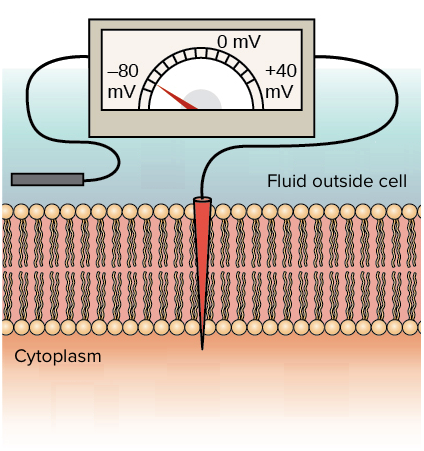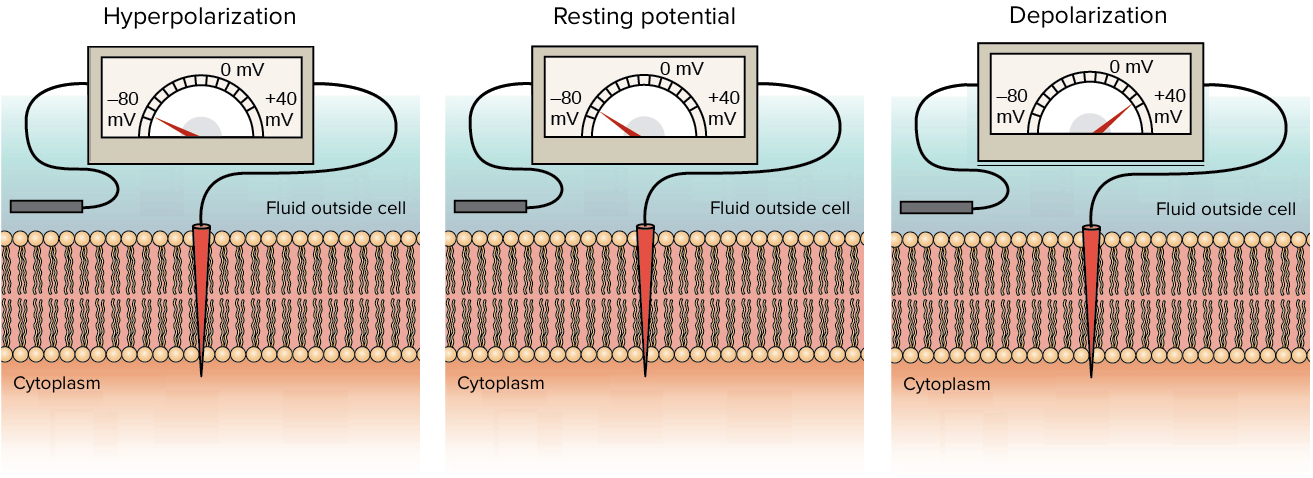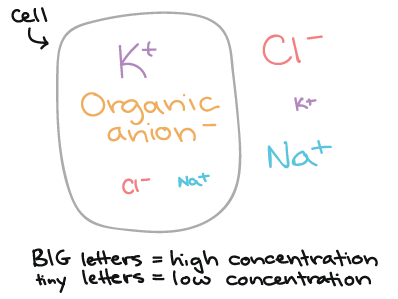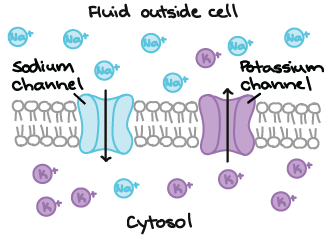Neurotransmitters and receptors Did you know there are billions of neurons—and trillions of synapses—in your amazing brain? ^1 1 start superscript, 1, end superscript (No wonder you can learn anything, including neurobiology!) Most of your synapses are chemical synapses , meaning that information is carried by chemical messengers from one neuron to the next. In the article on synapses, we discussed how synaptic transmission works. Here, we’ll focus on neurotransmitters , the chemical messengers released from neurons at synapses so that they can “talk” to neighboring cells. We’ll also look at the receptor proteins that let the target cell “hear” the message. Neurotransmitters: Conventional and unconventional There are many different kinds of neurotransmitters, and new ones are still being discovered! Over the years, the very idea of what makes something a neurotransmitter has changed and broadened. Because the definition has expanded, so...







Comments
Post a Comment